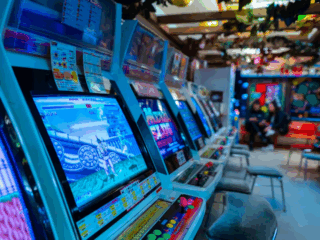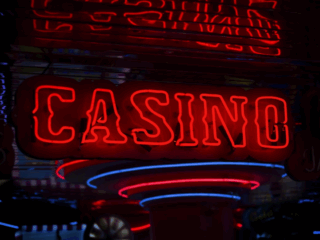
Lifestyle is often sold to us as an individual decision. The brands we wear, the food we eat, the neighborhoods we live in—all framed as personal taste. Yet every so-called choice is shaped by structures far bigger than the individual. Advertising, class position, urban planning, and corporate power define what is available, affordable, and even imaginable. Platforms like 22Bit push culture and consumption into every corner of daily life. To understand lifestyle today, we must look not only at trends but also at the forces that produce them.
The Myth of Lifestyle Freedom
We are told lifestyle is freedom: anyone can reinvent themselves with a new diet, a wardrobe shift, or a fitness program. In reality, lifestyle is determined by material conditions. Healthy food costs more than processed alternatives. Gyms cluster in wealthy neighborhoods, not working-class housing estates. Fashion cycles demand constant spending while wages stagnate. What looks like freedom is often compulsion: adapt or be excluded.
Consumption as Identity
Capitalism sells lifestyle as identity. You are not simply eating; you are paleo, vegan, or keto. You are not just wearing shoes; you are expressing your worth through a logo. This transforms survival into constant performance. It also ensures profit flows endlessly, as identity must be maintained through purchases.
Everyday Mechanisms of Control
- Fast fashion that pushes workers to exhaustion.
- Housing markets that dictate where people can live.
- Food deserts where only cheap junk is available.
- Digital platforms that sell trends back to us.

Each of these mechanisms narrows our choices, shaping lifestyles before we even notice.
The Left Perspective on Lifestyle
A radical perspective sees lifestyle not as personal failure or success but as collective struggle. If working people live in cramped housing, that is not an individual lifestyle flaw—it is a housing crisis created by landlords and speculation. If obesity rates rise, it is not about willpower—it is about the lack of affordable, healthy options. Lifestyle under capitalism is less about freedom and more about survival within a rigged system.
Resisting Lifestyle Commodification
- Build community gardens where food deserts exist.
- Share tools, clothes, and spaces rather than buying everything individually.
- Demand public gyms, parks, and cultural centers accessible to all.
These practices remind us that lifestyle can be reclaimed when organized collectively.
Wellness and the Industry of Control
Wellness is now a billion-dollar industry. Yoga retreats, mindfulness apps, fitness trackers—all sold as salvation. But why do we need to pay to breathe, stretch, and rest? Because capitalism produces the stress, exhaustion, and alienation that wellness then sells back to us in packages. Instead of addressing work hours, low wages, or lack of healthcare, the system tells us to meditate and buy supplements.
Housing as Lifestyle
Housing has become one of the clearest examples of lifestyle distortion. A home is not only shelter; it is branded as a lifestyle product. Developers market “luxury living” while public housing crumbles. Renters are told to accept smaller and smaller spaces dressed up as “minimalist living.” What is sold as trendy design is often a cover for exploitation and scarcity.
Technology and the Shaping of Desire
Technology constantly reshapes lifestyle. Smartphones track our steps, recommend diets, and filter our photos. Social media creates endless comparison, making us measure life against influencers who are paid to display fake perfection. These platforms fuel dissatisfaction, ensuring we buy more to close the gap.
The Double Edge of Technology
- It connects communities resisting gentrification.
- It spreads awareness of labor struggles in fashion and food.
- But it also drives surveillance and consumer pressure.
Technology is neither neutral nor purely liberating. It is a battlefield where lifestyle is contested.
Toward Collective Living
The radical alternative is not to deny lifestyle but to reimagine it as collective. Instead of individual consumption defining worth, community participation could. Imagine cities where public spaces, shared kitchens, and cultural centers are the norm. Imagine lifestyles shaped not by brands but by solidarity.
Conclusion: Reclaiming Lifestyle
Lifestyle under capitalism is a cage dressed as freedom. Choices are narrowed by inequality, commodified by corporations, and sold back as identity. Yet resistance exists: in community gardens, in housing cooperatives, in collective forms of play and rest. A radical lifestyle is not about the next trend—it is about breaking the structures that make survival a performance. True lifestyle freedom means building systems where everyone can live with dignity, without exploitation, and without being forced to buy identity in the marketplace.









